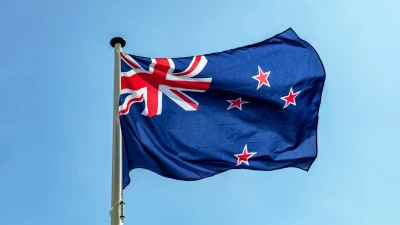Vanguard sees HNWIs gravitating towards ETFs



While exchange-traded funds (ETFs) typically garner attention from everyday retail investors, there is a growing number of high-net-worth individuals (HNWIs) also using these readily available products.
Wealthier investors and HNWIs are often associated with investments that remain out of financial reach for everyday investors due to high minimum entry levels, such as more illiquid markets or alternative assets.
Although this is still the case, research from Vanguard highlights a rising number of HNWIs who are also investing in readily available ETFs listed on the ASX alongside their retail counterparts.
Vanguard found that large-cap Australian and international equities ETFs are the main targets for HNWIs, with these products forming the core part of their ETF investment portfolios.
According to the ASX Australian Investor Study 2023, over half (55 per cent) of HNWIs invest in ETFs, behind residential investment property at 57 per cent and direct Australian shares at 75 per cent.
Vanguard’s research also discovered that some HNWIs are selecting diversified, multi-asset ETFs that invest across equities and bonds based on different asset class weightings, providing investors with a simple way to manage their portfolio risk exposures.
“Fundamentally, while HNWIs do have a wider range of investment options available to them than investors with smaller amounts of investable capital, the attraction of ETFs largely comes down to the broad exposures they can provide and their low management costs,” Vanguard stated.
As well as investing under their own name, the investment firm added that many HNWIs are investing in ETFs through a self-managed superannuation fund (SMSF) structure.
According to the 2024 Vanguard/Investment Trends SMSF Report, approximately 43 per cent of SMSFs, or 265,000 funds, are now using ETF products. Moreover, SMSFs are allocating $250,000 to ETFs on average.
The report also found the average portfolio allocation to ETFs by SMSFs has nearly doubled over the last 12 months from 5 per cent in 2023 to 8 per cent this year.
The primary reasons SMSF owners use ETFs are diversification (71 per cent), to gain exposure to specific overseas markets (54 per cent), liquidity (44 per cent), and because ETFs save time over choosing individual stocks (43 per cent).
Survey data from State Street Global Advisors (SSGA) recently revealed that the number of Australian retail investors using ETFs has risen by 66 per cent since December 2022.
In the insto space, Australian institutional investors are now second only to Japan in the take-up of ETFs. Some 78 per cent of Australian institutional investors use ETFs either extensively or frequently in their firm’s portfolio, behind Japan at 82 per cent, SSGA reported.
Recommended for you
Investment strategist Anthony Doyle has returned to Pinnacle in a senior role, less than two months after leaving to join Schroders as an investment director.
With Q1 of the 2025 calendar year coming to a close, the Australian funds management industry has seen a range of major appointments and departures.
Nearly half of wealth managers across the globe say offering access to private market funds is integral to their growth plans, Natixis Investment Managers has uncovered.
Boutique fund manager and responsible investment specialist Pella Funds Management has expanded its offering by allowing direct access to investors in New Zealand for the first time.















